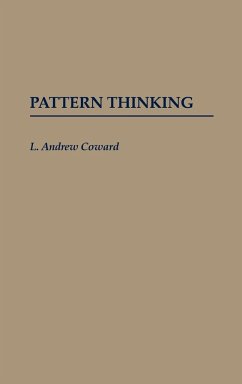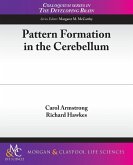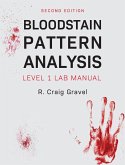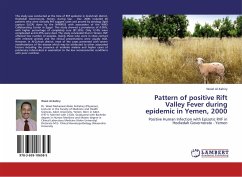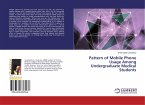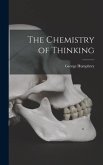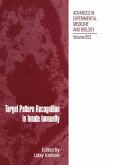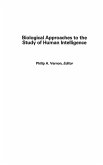In a significant contribution to the study of the brain and behavior, Coward develops a system model for the human brain based on a new physiologically based theory of learning and memory. The work is primarily intended for neuropsychologists, but will be of interest to anyone concerned with understanding the brain as a functioning system. The author has twenty years' experience in most of the different aspects of designing complex electronic systems. Such a system today has up to several billion hardware components such as individual transistors, and millions of lines of software. Coward argues that the methodology used to handle the design of such systems can be modified and adapted to understand the brain. In the design of electronic systems, the concept instruction makes it possible to rigorously translate from high level operational descriptions to detailed descriptions in terms of machine code and transistor structures. In the brain, the concept pattern can make it possible to translate between the descriptions of psychology and physiology and make functional understanding possible. Any change in the state of a neuron can be interpreted on a system level as the recognition of a pattern. Pattern is precisely defined and includes both objects and changes to objects. Based on these observations, Coward designs a model called the cascaded pattern extraction hierarchy to explain the functioning of the brain, showing that the brain can be visualized as a pattern extraction template, in which successive layers are able to extract increasingly complex patterns from relatively simple input. Coward demonstrates that as a pattern extraction template, the brain forms a hierarchy in connectivity space. Early layers--those closest to sensory input--can be interpreted as extracting patterns from simple sensory input. Later layers generate action recommendations, and later still, they select actions, all within the same pattern extraction paradigm. According to the model, the firing of a neuron at these points constitutes both pattern recognition and action recommendation. Coward's system model not only provides a framework for understanding and predicting psychological phenomena, including the functioning of personality, but also accounts for such apparent anomalies as the difference between short and long term memory and the fact that localized brain damage does not remove the memory of individual events. Widely useful for studies of brain and behavior, Pattern Thinking also suggests how to identify promising areas to investigate in the treatment of psychological illnesses.
Hinweis: Dieser Artikel kann nur an eine deutsche Lieferadresse ausgeliefert werden.
Hinweis: Dieser Artikel kann nur an eine deutsche Lieferadresse ausgeliefert werden.

